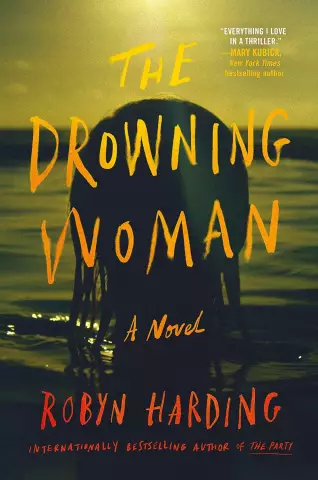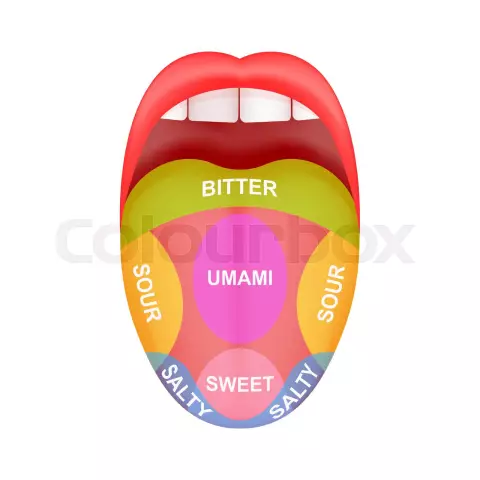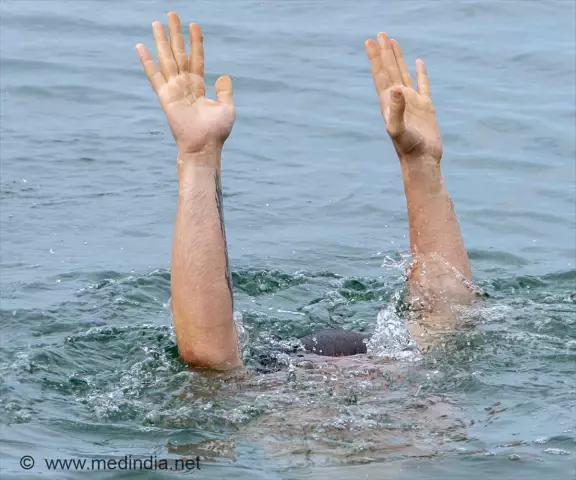- Author Rachel Wainwright [email protected].
- Public 2023-12-15 07:39.
- Last modified 2025-11-02 20:14.
How to tell if a person is drowning

We all saw in the movies how people drown. Therefore, we all know exactly what a drowning person looks like: he screams, begging for help, walks in the water, hits the water with his hands and feet, raising clouds of spray, periodically goes under the water, then comes up again, spitting and resuming screaming, but gradually under it is found more and more with water, but emerges less often. And if you imagine drowning in this way, however, like the vast majority of people, then you should know that the person next to you can drown, and you will not even notice it, because there is nothing to do with the movie picture of drowning and how it happens on really. Everything would be fine, you never know, in what else the cinema embellishes and dramatizes reality, with one exception: drowning is the second most frequent cause of death of children from accidents,and about half of the children drown in front of their parents, who do not come to help on time because they simply do not understand what is happening.
Why don't people drown like in the movies?
The task of the actor is to make it clear that some kind of action is taking place, this is the essence of acting. In life, a drowning person cannot make it clear that he is drowning, due to physiological reasons, and therefore the process itself occurs so quickly, quietly and inexpressively that it is completely unsuitable for being portrayed in films. And now in a little more detail and in order:
1. A drowning person is unable to call for help. This happens because he devotes all his strength to preserving breathing, which is a primary, vital function. Speech, however, is not, and therefore, when he catches his breath, it is impossible to scream - unless the person, having quickly orientated himself, managed to do this before actually starting to drown, which happens extremely rarely. Then the person's mouth goes under the water, and convulsive movements that allow them to stay afloat are not enough to take a full breath, exhale and provide a cry. As a rule, in this state, the reserve of strength is enough only for a few abrupt breaths;
2. The human body does not lie flat on the water, pounding with hands and feet, but is in an upright position. At the same time, the legs do not support the body in any way, at best they move convulsively and ineffectively, and the hands make instinctive movements in an attempt to push off the surface of the water, and therefore a person is also unable to swing his arms;
3. A drowning person not only cannot call for help and draw attention to himself in any other way, but he also cannot perform meaningful actions, for example, make a dash towards a lifebuoy or other rescue devices. At this time, the deep structures of the psyche, the biological survival mechanism operate, a person is at the mercy of the strongest of the instincts, and therefore it is completely useless to call him and give him instructions, this is just a waste of precious time, which, by the way, is very small. The entire drowning process takes 20 to 60 seconds. Thus, it can be described as extremely fast and silent.
Panic state
What about those people who pound on the water with their hands and feet and loudly call for help? Does this mean that they are liars or overly emotional and fooling around over trifles? Oddly enough, more often than not. This behavior is characteristic of a state of panic - something that sometimes precedes drowning. Panic, of course, can be wrong, but on the water, you should never rely on chance and reassure yourself that it may be a joke. Panic can be both a precursor to drowning, and its immediate cause, this condition means that a person is in trouble. Unlike drowning itself, in a state of panic, a person is capable not only of instinctive movements, he also reacts to the commands of rescuers and can perform meaningful actions, since panic is a reaction of consciousness to an impending danger. You should knowthat the state of panic does not last long before a person begins to drown, and besides, it often does not happen at all - drowning people do not always have time to figure out what happened.
Signs that a person is drowning
So, the following signs with a high degree of probability indicate that a person is drowning:
- The head does not rise completely above the water, the mouth is under water or at water level;
- A person is in the water vertically, pushing off the water with his hands, and with his legs making movements, as if climbing a rope ladder;
- A person tries to lean back, while opening his mouth and making convulsive breaths, tries to roll over onto his back;
- Gasps for air, breathing is sharp, short;
- The eyes are either closed or do not focus on objects, the look is meaningless, “pensive” - which, in combination with the previous signs, looks like a dissonance;
- The hair hangs down, closing the eyes, and the person makes no attempt to push it back for better visibility.
How not to be mistaken
It is possible to say with absolute certainty that a person has drowned only after his lifeless body is pulled out of the water. Therefore, if you see warning signs of drowning or prior panic, if you suspect that a person is in trouble, simply call out to him and ask if he is all right. If you do not get an answer or you get a meaningless look in response, know that you need to act immediately, since you have extremely little time.

Rules of conduct for parents on the water
Parents who go with their children to the pond should know that they have no right to completely relax. Regardless of whether a child knows how to swim or not, he should be in full view at all times. Don't rely too much on inflatable floats: bright circles, balls, colorful mattresses, fun toys, and even support arm ruffles and vests. On each of these items it is written that it is not a lifesaving device, but is just a toy, the slightest damage, and this item will become an additional risk factor. Even if the child splashes near the very shore or in the "paddling pool", be near, watch, call him. Always be on the alert if the child is silent. Silence is not typical for children, especially in water, if the screeching verse, happy cries and screams, immediately approach the child and make surethat everything is all right with him.
Found a mistake in the text? Select it and press Ctrl + Enter.






